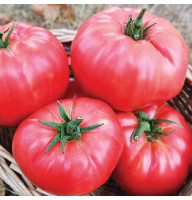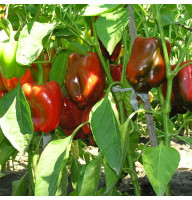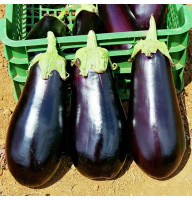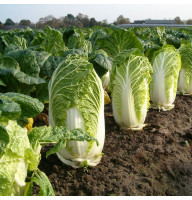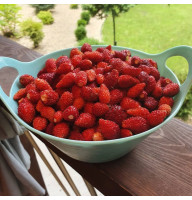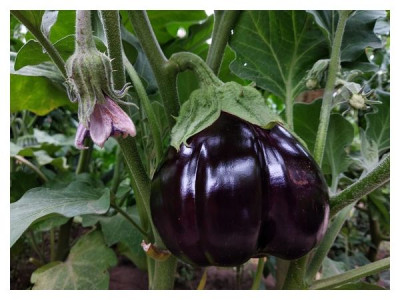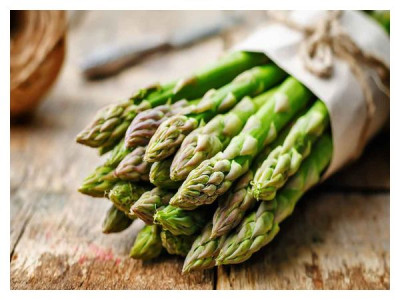Experienced gardeners know that, in addition to the usual «fussing» with seedlings - their additional lighting, watering, fertilizing, preventive treatment against diseases and pests - before planting plants in open ground or a greenhouse, it is important to carry out one more necessary procedure, their hardening.
Why harden off seedlings at all? At home, plants are constantly under your supervision, while you artificially create the most favorable conditions for them (level and volume of light, heat, humidity), changing them as necessary, feeding them and protecting them from diseases, pests and all sorts of unfavorable factors.

It is clear that after planting in a greenhouse, and even more so in open ground, such careful attention will no longer be given to the grown plants, and «spoiled» seedlings may begin to wither, painfully reacting to new stress factors - excess or lack of lighting in the natural environment, temperature changes, changes in watering and fertilizing regimes, the presence of wind and precipitation.
Therefore, it is very important to start preparing plants for «adult life» in advance, hardening the seedlings before this important stage, to help them slightly rearrange their physiological processes, get stronger and learn to independently adapt to changing and not always favorable environmental conditions.
Hardening off seedlings makes it possible to obtain strong, stress-resistant plants that can take root without problems after transplantation and will be less susceptible to diseases.
When to start hardening off seedlings

The timing of the start of hardening depends on the expected date of planting the crop in a permanent place (in a greenhouse or open ground).
Planting seedlings too early in unheated soil leads to the fact that the growth and development of plants is inhibited, and the risk of all kinds of diseases in them increases. Planting too late can also lead to a lag in growth and development, but for a different reason - the plants simply «will not have time» to increase the required amount of green mass before fruiting.
Therefore, plan the procedure taking into account the climatic characteristics of your region - the main thing is that the threat of night recurrent frosts is completely avoided. In the middle zone, seedlings of tomatoes, peppers, eggplants and cucumbers can be planted in an unheated greenhouse around the beginning - mid-May. And if you plan to grow these crops in open ground, wait until the soil at a depth of 10 cm warms up to 15-20 ° C (in the middle zone this usually happens in early June).
Hardening of seedlings begins 10-15 days before this expected date.
How to properly harden off seedlings
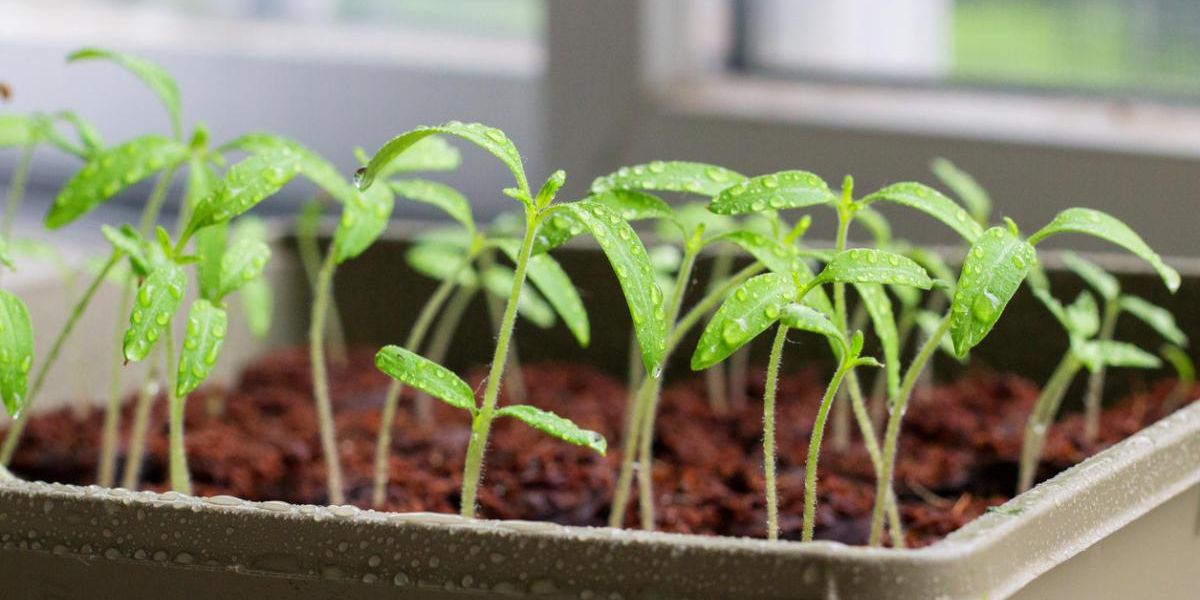
The hardening process must be carried out gradually, so as not to create real stress for the plants instead of a useful procedure.
Hardening of young plants usually begins by simply opening the window in the room where the containers with seedlings are located - first for 1-2, and then for 3-4 hours daily during the daytime.
A week before the expected date of planting in a permanent place, seedlings should begin to be taken out into the street or open balcony during the day: first for an hour, and then gradually increase the time spent in the open air to 6-8 hours daily.
During hardening, it is necessary to protect plants from strong winds, cold precipitation and direct burning sun (shade them at first or install a canopy or screen, then gradually reduce the time of such «protection» to accustom the plants to normal conditions).
The air temperature should not be lower than 7-10°C even for the most cold-resistant crops (salads, all types of cabbage, onions, basil, celery, cineraria, antirrhinum), for all others - not lower than 12°C, and for melons and even higher - at least 15°C.
If significant cooling is not expected, the seedlings can spend the last 24 hours before planting in the ground outside, preferably in a greenhouse or film greenhouse, perhaps under a layer of spunbond. If a cold snap is still predicted, then do not risk the health of the plants; bring them indoors at night.
Should I continue other manipulations with it while hardening the seedlings
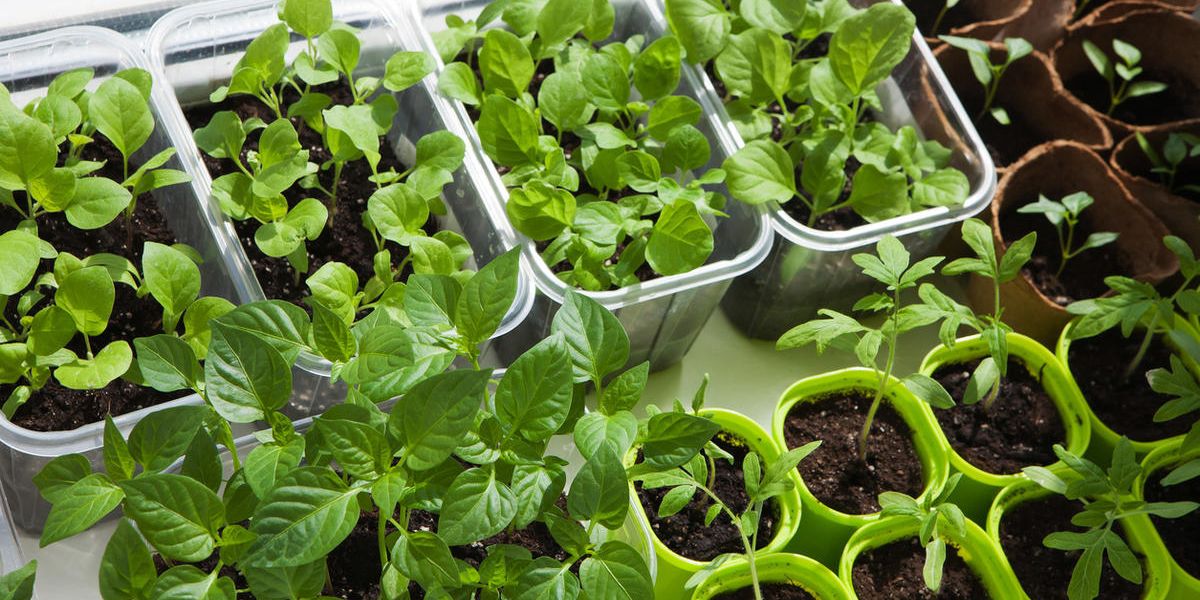
Of course, there is no need to abandon seedlings during hardening «to the mercy of fate» - they continue to carry out all the same necessary manipulations required for young plants (watering, fertilizing, and, if necessary, preventive treatment against diseases and pests).
If you have previously used additional light sources, it’s time to turn them off - the plants must adapt to the natural length of daylight hours.
Water the seedlings generously with settled water at room temperature until the earthen ball is completely wetted, but infrequently, a little less than the already established pattern - about once every 5-7 days. Such a smooth change in the watering regime should also prepare the plants for future «adult life» and give a signal for faster growth of the root system.
Approximately a week before the expected date of planting in open ground, feed the seedlings with a solution of complex mineral fertilizer. This will increase the plants' resistance to adverse factors.
There is no need to additionally treat seedlings with drugs against diseases and pests before planting in the ground - unless there are noticeable damage on young plants, and then these seedlings need to be urgently saved. And even in this case, think about whether it is worth exposing sick plants to additional stress from replanting and then nursing them for a long time and carefully in the ground, or is it better to get rid of them at this stage, so as not to jeopardize the rest of the plantings.
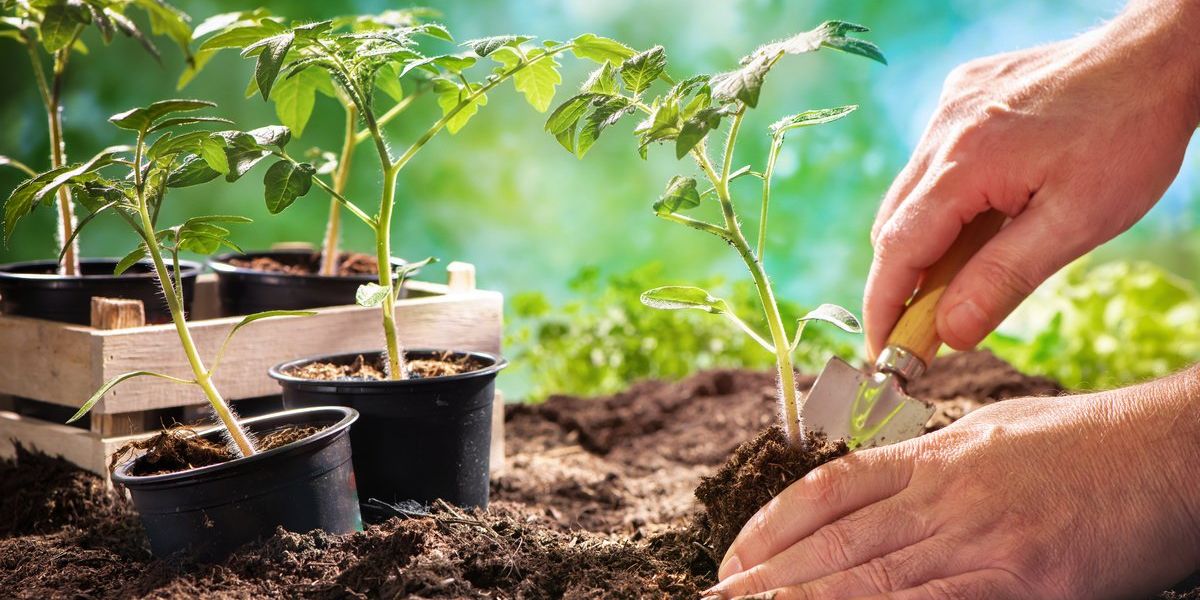
The day before planting in the ground, water the plants well for the last time before transplanting (so that by the scheduled time the earth ball dries out, but at the same time remains slightly moist - thanks to this you can easily remove the seedlings from the containers, the soil will not crumble and the roots will not be damaged ) and spray them with any growth stimulant or anti-stress drug.
Then transfer the seedlings to a greenhouse or film greenhouse and leave overnight (the temperature there should be at least 10°C for heat-loving crops and at least 5°C for cabbage). The next day, you can begin replanting young plants for permanent residence - it is best to do this in warm, windless, cloudy weather or in the evening after sunset.
After planting, water the soil around the plants generously and mulch with peat or humus so that it remains loose and does not evaporate moisture so quickly. Even if you plant plants in a greenhouse, always have covering material (film, spunbond, etc.) ready, since spring weather is often unpredictable.
At the time of transplantation, the plants should be healthy, look strong, with sufficiently developed stems, leaves and root systems.
Hardening off before planting in the ground is very important for the normal functioning of young seedlings. Therefore, please do not neglect these simple rules, this lays the foundation for the future harvest and the resistance of grown crops to diseases and adverse weather conditions.

